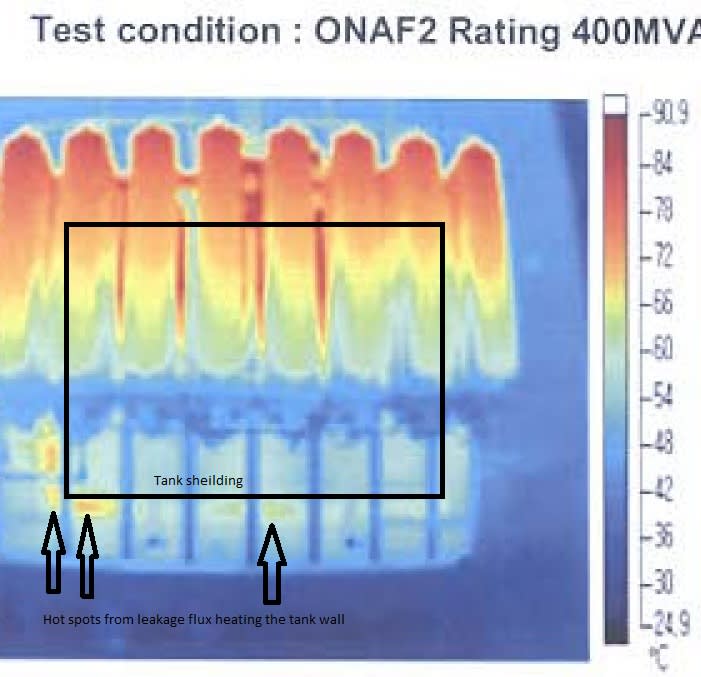The diagram shows YNyn ie two winding transformers. In India up to 100 MVA YNyn transformers are with out stabilizing winding. Above this rating, stabilizing delta tertiary is normal. In a way, you can term them as three winding units. Multi secondary transformers are used - In thermal power stations as start up transformers 6.6-6.6 kV or 11-11 kV. These are 50-100 MVA units. Another application is large steel mills where there are many large motors at 6.6 or 11 kV. So multi secondary transformers of 50-200 MVA with different voltages for secondary windings are common. But in transmission substations multi secondary units are not preferred though was common early days. Many units used to fail due to inappropriate application issues -like wrong selection of impedance pairs resulting in heavy fault currents in one secondary, unbalanced load sharing etc.
Recently thousands of three winding transformers (2-12 MVA) are used here in solar farms where two primaries accept power from two inverters stepping up to one HV 11 kV winding. Such large GSUs are used in hydro-power projects to reduce number of transformers esp in South America. In India we avoid such application.
A good tutorial on Multi-winding transformers is Chapter 5 of Transformer Engineering by L F Blume (1951). This is based on a famous AIEE paper of 1924 -Theory of three winding transformers by A.Boyajin,a GE,Pittsfield veteran.

